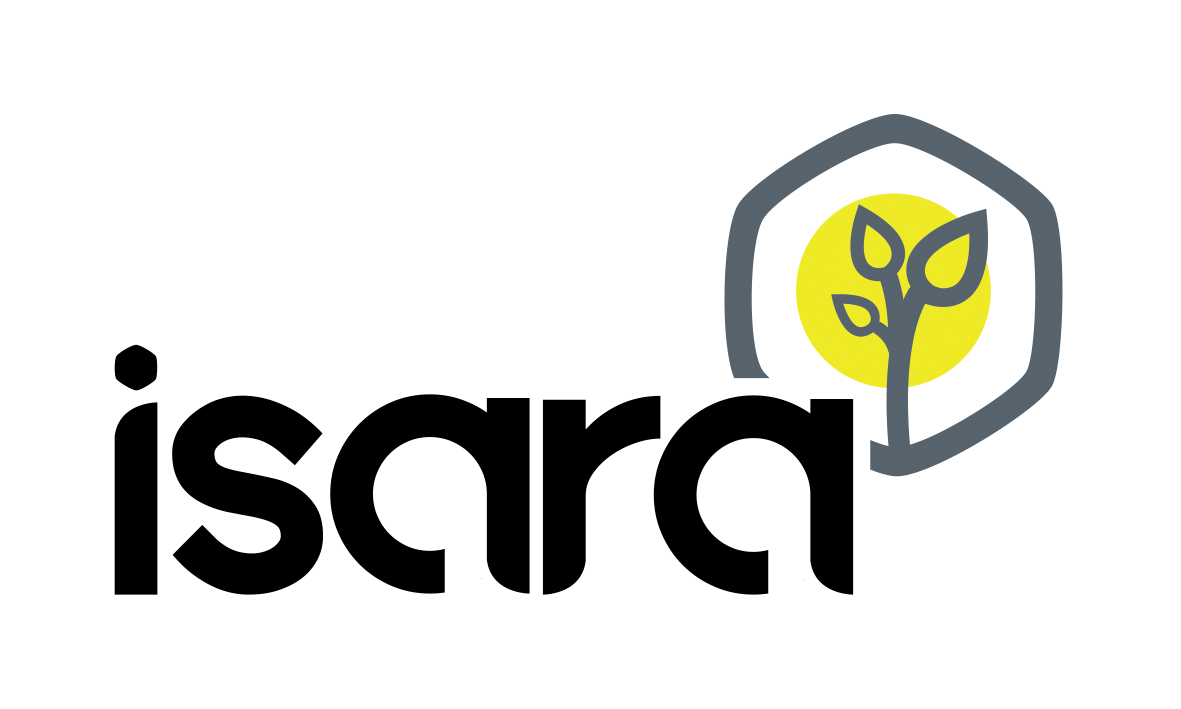Development of a method to determine essential oil residues in cow milk
Résumé
Over the past few years, the use of essential oils in breeding has been gaining ground because of their wide range of application, especially in terms of antimicrobial activity, and the current emphasis on the use of natural compounds, particularly to replace antibiotics. Among the essential oils and their active components, 4 molecules are of great interest and are studied in this paper: carvacrol, thymol, cinnamaldehyde, and diallyl disulfide. In particular, we examined the transfer of essential oil components from animal feed to milk. Because these components could confer an undesirable odor or taste to milk and derived products or interfere with milk processing, it is necessary to quantify their residues in milk. Milk is a complex biological matrix containing large amounts of water, fat, and protein. As a consequence, the extraction of volatile compounds, which are mainly lipophilic, is often critical. In this work, a method based on solid-phase microextraction coupled with gas chromatography-mass spectrometry was developed and optimized. We evaluated the effect of several parameters on the sensitivity of the method: fiber type, fiber to sample contact, extraction temperature, extraction time, agitation, and salt addition. The best results were obtained using a divinylbenzenecarboxen-polydimethylsiloxane (50/30 μm) fiber in headspace mode at 34.6°C for 32.6 min without agitation or salt addition. Standard calibration curves were constructed, and the limits of detection and quantification and ranges of linear response and repeatability were evaluated. Detection limits ranged from 25 to 50 μg/L, quantification limits from 50 to 75 μg/L, and variation coefficients from 23.5 to 36.6%. Therefore, the optimized methodology was able to evaluate whether significant transfer of essential oil components from feed to milk occurred, and the method is simple and solvent-free. We applied the method to milk samples from cows whose feed included thymol, carvacrol, cin-namaldehyde, or diallyl disulfide as feed additives at the recommended dose and at twice the usual dose. None of the 4 essential oil components were found in milk samples, regardless of the dose administered.


